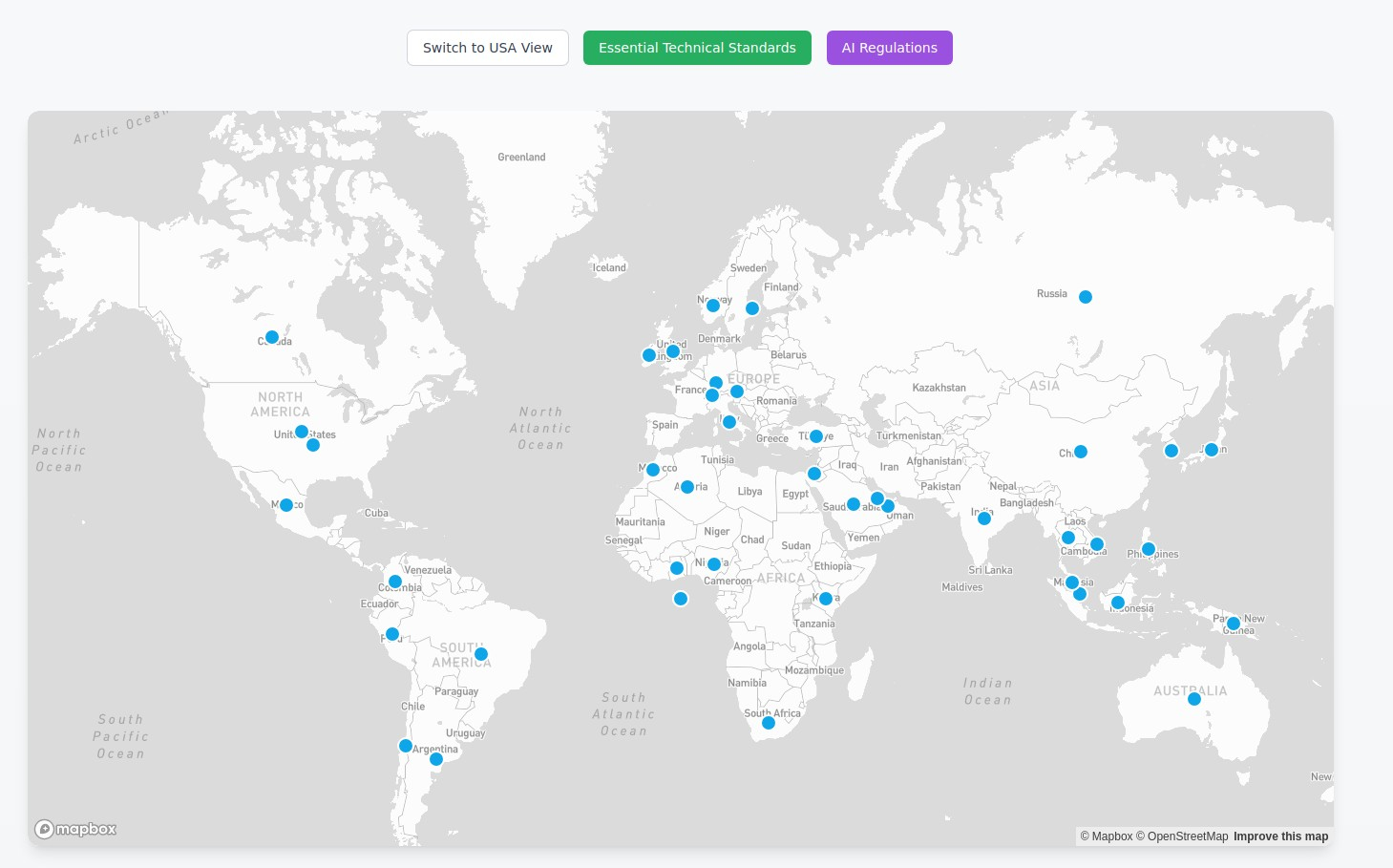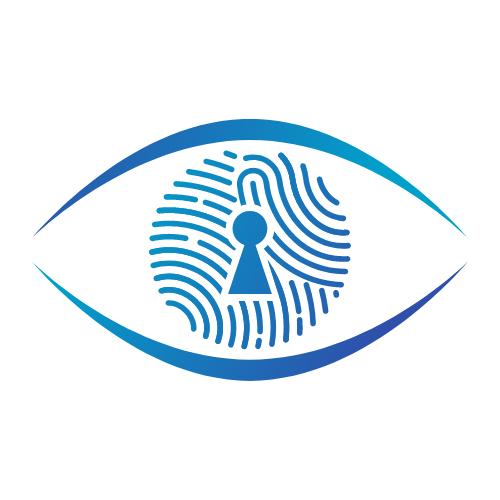Global Information Security Compliance and AI Regulations: Q2 2025 Updates - A Comprehensive Analysis

The second quarter of 2025 has marked a pivotal period in the evolution of global information security compliance and artificial intelligence regulations. Organizations worldwide are navigating an increasingly complex landscape of regulatory requirements, with significant developments across multiple jurisdictions that will reshape how businesses approach cybersecurity, data protection, and AI governance.
Executive Summary
The regulatory landscape in Q2 2025 has been characterized by the implementation of major cybersecurity frameworks, significant shifts in AI governance policies, and enhanced data protection requirements. Key developments include the full enforcement of the EU's Digital Operational Resilience Act (DORA), widespread challenges in NIS2 Directive implementation, transformative changes in AI regulation led by the EU AI Act's phased rollout, and significant policy reversals in U.S. AI governance under the Trump administration.

Major Cybersecurity Compliance Developments
EU Digital Operational Resilience Act (DORA) - Full Implementation
January 17, 2025, marked a watershed moment for European financial services as DORA came into full effect. This comprehensive regulation represents the most significant cybersecurity framework specifically designed for financial institutions, covering:
Scope and Coverage:
- Banks, insurance companies, investment firms, and other financial entities across the EU
- Critical ICT third-party service providers
- First-time regulation bringing digital operational resilience requirements to the entire financial sector
Key Requirements:
- ICT Risk Management: Comprehensive frameworks for identifying, managing, and monitoring information and communication technology risks
- Incident Reporting: Standardized procedures for reporting major ICT-related incidents to supervisory authorities
- Operational Resilience Testing: Mandatory advanced testing of ICT systems, including threat-led penetration testing for large institutions
- Third-Party Risk Management: Enhanced oversight of critical ICT service providers
- Information Sharing: Mechanisms for sharing cyber threat intelligence and vulnerabilities
The regulation addresses critical gaps in existing cybersecurity legislation and provides a unified approach to digital operational resilience across the financial sector. Financial institutions must now comply with stringent requirements that go beyond traditional risk management approaches.
NIS2 Directive Implementation Challenges
The implementation of the NIS2 Directive has faced significant challenges across EU member states. Despite the October 17, 2024 deadline for transposition into national law, 19 member states received formal warnings from the European Commission for failing to fully transpose the directive.
Current Implementation Status:
- Only 9 member states have successfully enacted national implementing legislation
- 19 countries face potential referral to the Court of Justice of the European Union
- Denmark's implementation will take effect July 1, 2025, with comprehensive coverage of critical sectors
Expanded Scope:
The NIS2 Directive significantly broadens cybersecurity requirements, covering 15 sectors (up from 7 in the original NIS Directive), including:
- Digital infrastructure and services
- Energy and utilities
- Transportation
- Healthcare
- Public administration
- Manufacturing
- Food production and distribution
Framework Updates and Standards Evolution
NIST Cybersecurity Framework Enhancements:
The NIST Cybersecurity Framework 2.0 continues to gain international adoption, with new translations available in Mandarin and Thai as of Q2 2025. The framework has been enhanced with stronger governance components and updated guidance on emerging technologies.
ISO 27001:2022 Transition Deadline:
Organizations face a critical October 31, 2025 deadline for transitioning to ISO 27001:2022. The updated standard introduces:
- 93 security controls categorized under 4 themes
- Enhanced focus on cloud security and identity management
- Strengthened threat intelligence requirements
- Updated Annex A controls addressing modern cybersecurity challenges
PCI DSS v4.0 Implementation:
The March 31, 2025 deadline for PCI DSS v4.0 compliance has passed, making all previously future-dated requirements mandatory. The updated standard emphasizes:
- Enhanced authentication mechanisms
- Improved vulnerability management processes
- Strengthened network segmentation requirements
- Advanced encryption standards
AI Regulation Landscape Transformation
EU AI Act Implementation Progress
The EU AI Act continues its phased implementation with significant milestones reached in Q2 2025:
February 2025 Enforcement:
The first phase of implementation prohibited certain high-risk AI practices, including:
- AI systems for social scoring by public authorities
- AI systems using subliminal techniques to distort behavior
- AI systems exploiting vulnerabilities of specific groups
- Real-time remote biometric identification in public spaces (with limited exceptions)
Upcoming Milestones:
- August 2, 2025: General-purpose AI model obligations become effective
- May 2025: AI Office published preliminary guidelines for GPAI model providers
- Code of Practice Development: Third draft published in March 2025, with final version expected by August 2025
GPAI Model Requirements:
The preliminary guidelines outline seven key obligations for providers of general-purpose AI models, including:
- Risk assessment and mitigation measures
- Model evaluation and testing
- Documentation and transparency requirements
- Incident monitoring and reporting
- Cybersecurity measures for model protection
United States Policy Reversal
The Trump administration's approach to AI regulation has marked a dramatic shift from previous policies:
Executive Order on AI Leadership:
President Trump's January 23, 2025 Executive Order "Removing Barriers to American Leadership in Artificial Intelligence" represents a fundamental policy reversal:
- Revocation of Previous Policies: Complete revocation of Executive Order 14110 (Biden's AI safety order)
- Deregulatory Approach: Emphasis on removing barriers to AI innovation
- Industry-Friendly Stance: Prioritization of American AI competitiveness over regulatory constraints
Federal AI Policy Changes:
The White House Office of Management and Budget issued two key memoranda in April 2025:
- M-25-21: Accelerating Federal Use of AI through Innovation, Governance, and Public Trust
- M-25-22: Driving Efficient Acquisition of Artificial Intelligence in Government
Congressional Developments:
- Ten-Year Moratorium Proposal: Senator Ted Cruz's proposal for a decade-long moratorium on state and local AI regulations
- CREATE AI Act: Bipartisan legislation to establish the National Artificial Intelligence Research Resource
- State-Level Activity: Texas TRAIGA 2.0 represents a more balanced approach to state AI governance
Global AI Governance Trends
Asia-Pacific Developments:
- Hong Kong: 75% of financial institutions have implemented or are piloting generative AI use cases
- Singapore: Enhanced regulatory frameworks for AI in financial services
- South Korea: Significant enforcement actions against AI companies for privacy violations
Middle East Innovation:
The UAE's announcement to use AI for legislative drafting represents a pioneering approach to AI integration in government operations, aiming to accelerate lawmaking by 70%.
Data Protection and Privacy Updates
GDPR Evolution and Simplification
The European Commission has proposed targeted GDPR reforms aimed at reducing compliance burdens for growing businesses:
Record-Keeping Simplifications:
- Threshold increase from 250 to 750 employees for maintaining Records of Processing Activities (RoPA)
- Narrowing of exemptions to "high risk" processing from general "risk" processing
- Enhanced focus on supporting small and medium enterprises
Enforcement Trends:
GDPR enforcement remains robust in 2025, with significant penalties across multiple jurisdictions:
- Italy: €3 million fine for Acea Energi for unlawful telemarketing
- Spain: €120,000 penalty for BBVA for processing without consent
- South Korea: Significant fine for Temu's cross-border data transfer violations
UK Data Protection Landscape
Data (Use and Access) Bill Developments:
The ongoing parliamentary negotiations on the DUA Bill have seen significant amendments, particularly narrowing the definition of "scientific research" to prevent commercial exploitation of research exemptions.
Adequacy Decision Extension:
The EDPB granted a six-month extension to the UK's adequacy decisions, providing breathing room until December 27, 2025, while the Commission evaluates the updated UK legal framework.
Privacy Framework Updates
NIST Privacy Framework Revision:
NIST has updated its Privacy Framework, aligning it more closely with the Cybersecurity Framework 2.0, with public comment periods extending through June 2025.
Cross-Border Privacy Rules (CBPR):
The launch of the global CBPR certification by the Global CBPR Forum provides a streamlined mechanism for data transfers across nine participating countries, though it doesn't satisfy EU or UK GDPR requirements.
Sector-Specific Compliance Developments
Financial Services
Regulatory Convergence:
The combination of DORA, updated PCI DSS requirements, and enhanced AI governance creates a complex compliance landscape for financial institutions:
- Digital Asset Regulation: Significant developments in U.S. crypto regulation following Trump administration policy shifts
- GENIUS Act: Comprehensive stablecoin regulatory framework introduced in Congress
- SEC Leadership Changes: New SEC leadership under Paul Atkins signals potential deregulatory approach
Healthcare and Life Sciences
AI in Healthcare Governance:
Healthcare organizations face increasing scrutiny over AI deployment, particularly in:
- Diagnostic AI systems requiring high-risk AI system compliance under EU AI Act
- Patient data protection under enhanced GDPR requirements
- Medical device cybersecurity under evolving frameworks
Critical Infrastructure
Enhanced Protection Requirements:
Critical infrastructure operators must navigate:
- NIS2 Directive compliance (where implemented)
- Sector-specific cybersecurity frameworks
- AI governance requirements for operational technology systems
- Enhanced incident reporting obligations
Regional Compliance Variations
European Union Leadership
The EU continues to lead global regulatory development with:
- Comprehensive AI Regulation: Most advanced AI regulatory framework globally
- Enhanced Cybersecurity Standards: DORA and NIS2 representing gold standard approaches
- Privacy Protection Maintenance: Continued GDPR enforcement and refinement
United States Fragmentation
U.S. regulatory approach shows increasing fragmentation:
- Federal Deregulation: Trump administration's pro-innovation stance
- State-Level Innovation: States like Texas developing comprehensive AI frameworks
- Sector-Specific Requirements: Continued evolution of industry-specific standards
Asia-Pacific Pragmatism
Asian markets demonstrate practical approaches to regulation:
- Innovation-Friendly Frameworks: Singapore's balanced regulatory sandbox approaches
- Technology Integration: Hong Kong's high AI adoption rates in financial services
- Enforcement Focus: South Korea's active privacy enforcement
Compliance Challenges and Strategic Considerations
Multi-Jurisdictional Complexity
Organizations operating globally face unprecedented complexity in compliance management:
Regulatory Convergence and Divergence:
- EU regulations setting global standards through extraterritorial effect
- U.S. policy reversals creating compliance uncertainty
- Asia-Pacific pragmatic approaches offering alternative models
Resource Allocation Challenges:
- Increased compliance costs across multiple frameworks
- Need for specialized expertise in AI governance
- Enhanced focus on third-party risk management
Technology Integration Requirements
AI Governance Implementation:
Organizations must develop capabilities for:
- AI risk assessment and management
- Algorithmic transparency and explainability
- Human oversight and intervention systems
- Continuous monitoring and evaluation
Cybersecurity Framework Alignment:
- Integration of multiple cybersecurity standards
- Harmonization of incident response procedures
- Unified threat intelligence and sharing mechanisms
Future Outlook and Recommendations
Immediate Priorities (Q3-Q4 2025)
Regulatory Compliance Deadlines:
- August 2, 2025: EU AI Act GPAI model obligations
- October 31, 2025: ISO 27001:2022 transition deadline
- December 27, 2025: UK adequacy decision re-evaluation
Strategic Preparations:
- AI Governance Framework Development: Establish comprehensive AI risk management systems
- Cybersecurity Framework Integration: Align multiple standards into coherent compliance programs
- Third-Party Risk Enhancement: Strengthen vendor management and supply chain security
- Incident Response Capabilities: Develop multi-jurisdictional incident management procedures
Medium-Term Strategic Considerations (2026-2027)
Regulatory Evolution Monitoring:
- EU AI Act full implementation and enforcement patterns
- U.S. federal vs. state regulatory development
- International standards harmonization efforts
- Emerging technology governance frameworks
Organizational Capability Building:
- Investment in compliance technology and automation
- Development of regulatory intelligence capabilities
- Enhancement of cross-functional governance structures
- Building of specialized expertise in emerging regulatory areas
Conclusion
The Q2 2025 regulatory landscape represents a critical inflection point in global information security compliance and AI governance. Organizations must navigate an increasingly complex environment characterized by ambitious European regulatory frameworks, significant U.S. policy shifts, and pragmatic Asia-Pacific approaches.
Success in this environment requires not just compliance with current requirements, but strategic preparation for continued regulatory evolution. Organizations that invest in comprehensive governance frameworks, robust risk management capabilities, and adaptive compliance programs will be best positioned to thrive in this dynamic regulatory landscape.
The convergence of cybersecurity, data protection, and AI governance requirements demands integrated approaches that go beyond traditional compliance silos. As regulations continue to evolve and mature, organizations must maintain agility while building robust foundational capabilities that can adapt to future requirements.
The regulatory developments of Q2 2025 underscore the critical importance of proactive compliance management and strategic regulatory planning. Organizations that view compliance as a strategic enabler rather than a burden will find competitive advantages in enhanced trust, operational resilience, and market access in an increasingly regulated global economy.
This analysis is based on publicly available regulatory developments through June 2025 and should be supplemented with specific legal and regulatory advice for individual organizational circumstances.
Sources:







